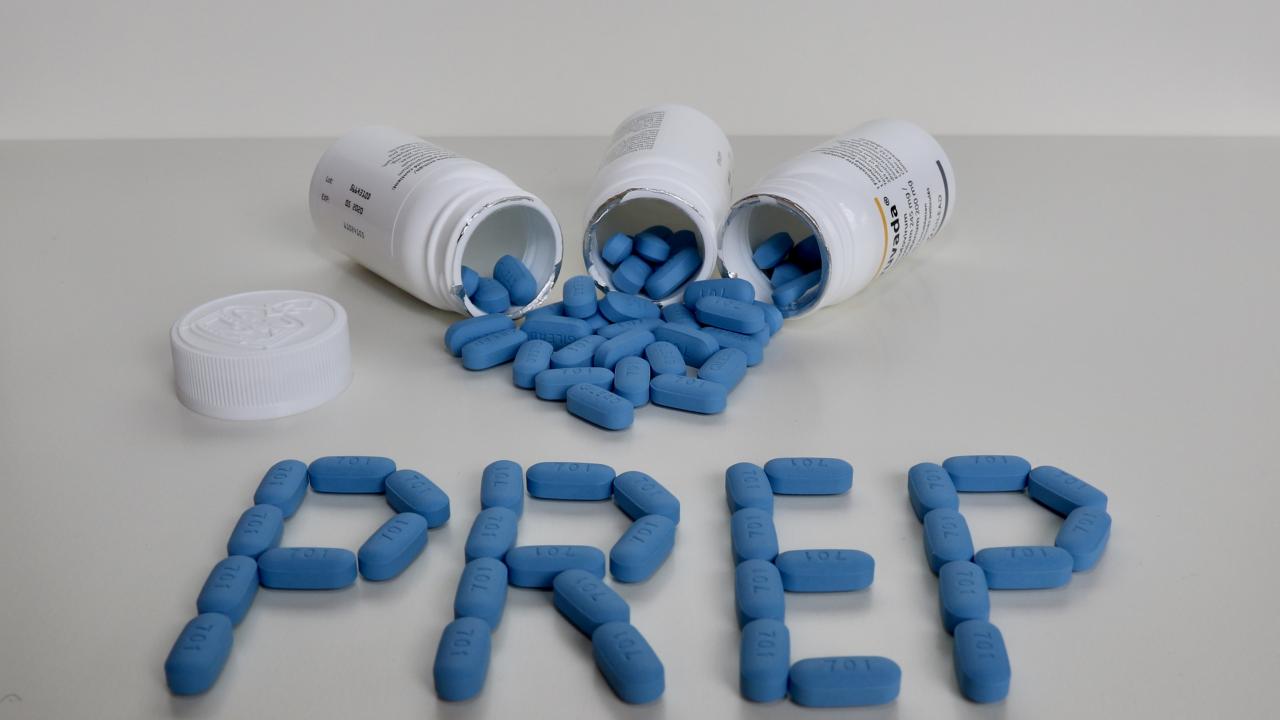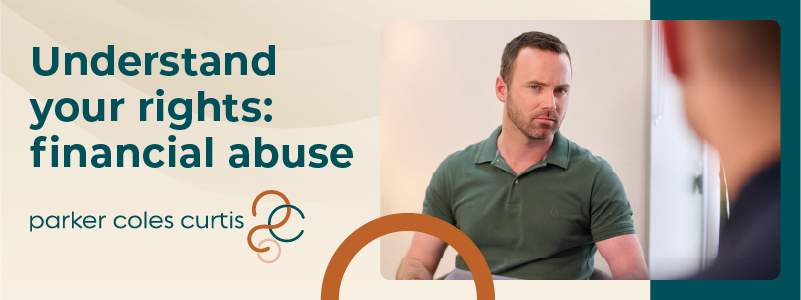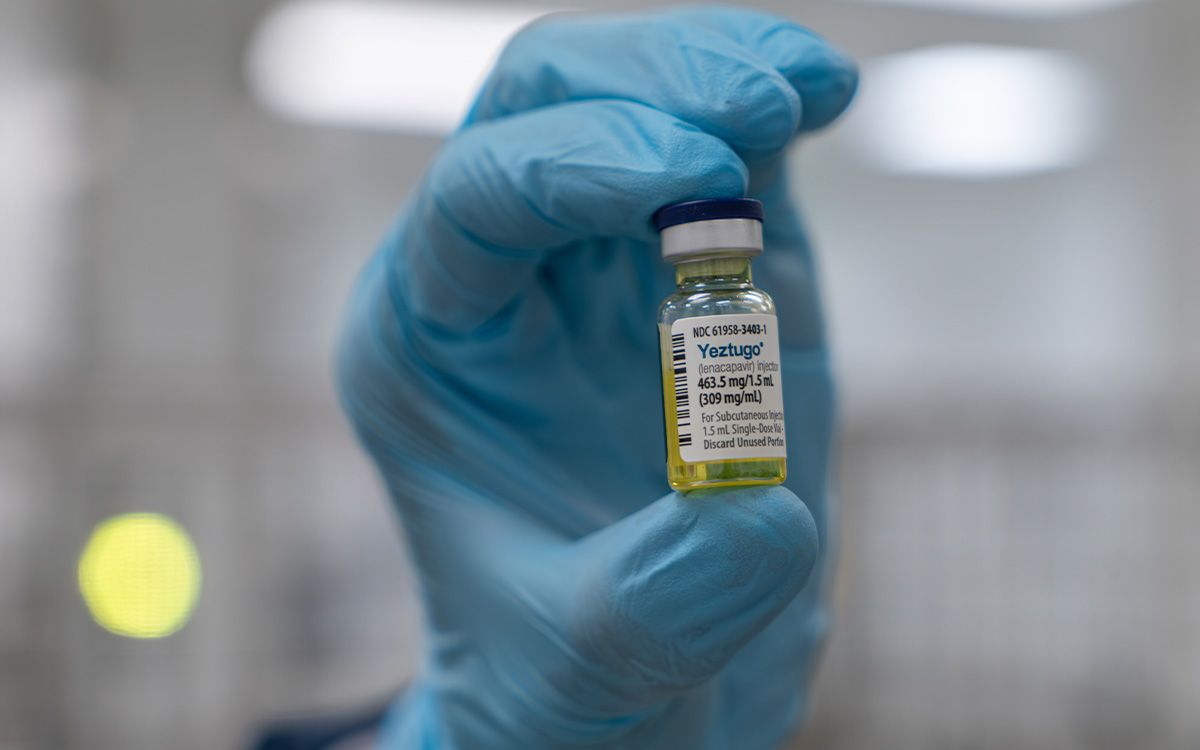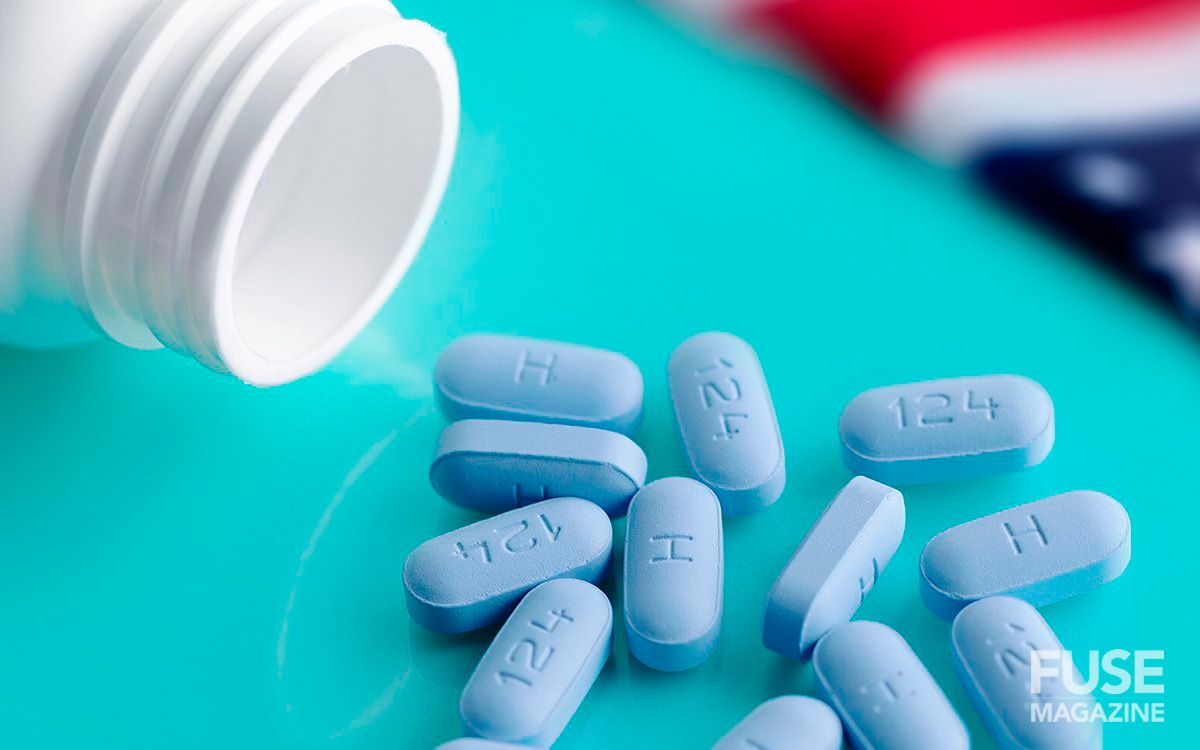PrEP & PEP and how to get it?
Are you thinking about taking prep and would like to know more? PrEP stands for Pre-Exposure Prophylaxis. It is a prescription medication which is a combination of two different HIV drugs taken by HIV negative people to prevent them from becoming infected with HIV. When used correctly PrEP is highly effective at preventing HIV infection.

Are you thinking about taking prep and would like to know more? PrEP stands for Pre-Exposure Prophylaxis. It is a prescription medication which is a combination of two different HIV drugs taken by HIV negative people to prevent them from becoming infected with HIV. When used correctly PrEP is highly effective at preventing HIV infection.
WHO IS PREP FOR?
PrEP is for people who are HIV negative and are at higher risk of becoming infected with HIV through their sexual or injecting practices. This includes some sexually active gay and bisexual men, transgender people, heterosexual people, and those people who have an HIV positive partner whose viral load is detectable or unknown, as well as some people who inject drugs in an unsafe manner (such as sharing injecting equipment). If you think that you are at higher risk of HIV infection, make an appointment to discuss this with a doctor. 
HOW DOES IT WORK?
PrEP works by preventing HIV replicating within the body, therefore preventing infection. PrEP needs to be taken for at least 7 days before it can be relied upon to prevent HIV infection. It should be continued for at least 28 days after the exposure and can be taken continuously in those people who remain at risk. Safe sex and condom use are still recommended to further reduce the risk of transmission of HIV and other Sexually Transmissible Infections (STIs).
HOW EFFECTIVE IS IT?
Clinical trials have shown that PrEP is very effective in preventing HIV infection when taken as prescribed. Effectiveness depends on your ability to continue to take the medication every day, as failure to do so may reduce its effectiveness. Using condoms will also decrease your risk of acquiring HIV.
HOW DO YOU TAKE PrEP?
Daily PrEP: this means you take PrEP every day on a continuous basis. This way of taking PrEP is suitable for anyone at risk of HIV. Daily PrEP needs to be started 7 days before any exposure and continued for at least 28 days after exposure. It is important not to miss any pills.
On-demand PrEP: On-demand PrEP can be used daily for short periods of time, or around single events of possibe HIV exposure. It is only suitable for cis-gendered men who have sex with men. The first dose needs to be taken at least 2 hours before sex. Subsequent doses are dependent on HIV exposure. See ASHM PrEP dosing guidelines for details.
ARE THERE ANY SIDE EFFECTS?
Side effects are not uncommon when starting PrEP. These can include nausea, headaches, and fatigue. Not everyone experiences these side effects, and if they do occur, they usually go away after a few weeks.
If side effects persist it is important to discuss this with your doctor. Long term use of PrEP medication may be associated with bone and kidney changes, and ongoing monitoring will be recommended in those people who are using PrEP long term.
DO I STILL NEED TO USE A CONDOM?
Yes! PrEP is only effective in reducing the risk of HIV infection and use of condoms is still very important to protect you from other STIs such as chlamydia, gonorrhoea, and syphilis.

HOW DO I GET PREP?
PrEP can be prescribed by a GP for anyone who is at higher risk of HIV infection. A total of 3 months (28 tablets, with two repeats) can be prescribed at a time. The prescription is then taken to a pharmacy to have the medication dispensed, just like any other prescription. Most pharmacies will need to order the medication in for you, so there may be a delay of a day or two before it can be dispensed. For the repeat prescription, remember that the pharmacy needs to be reminded a few days before you run out, so you can continue on the medication without missing any doses.
For people who do not hold a Medicare card PrEP is available by private importation. In this case you will still need to see a doctor to get a private prescription 28 tablets cost about $40.
WHAT HAPPENS AT MY FIRST APPOINTMENT?
The doctor will talk with you about your eligibility for PrEP, your past medical history, and the advantages and disadvantages of using PrEP. You will be asked to have some blood tests and an STI screen (sexual health check). Once you have had these tests you can be given your first prescription.
WHAT IS THE COST OF PREP?
PrEP is currently around $40 a month, and $6.40 for Health Care Card Holders. (Correct at time of publishing)
DO I NEED TO CONTINUE TO SEE MY DOCTOR WHILE I AM ON PREP?
Yes, you will need to see your doctor again one month after your first appointment, for a repeat HIV test and to check for side effects. You will also need a follow-up visit before your first prescription is finished (about 10 weeks after you start).
From then on you will only need to see your doctor every three months for a review, which will include STI screening and a new prescription. It is important to time follow-up appointments so that you don’t run out of medication. If you have symptoms or signs of an STI, you should always have a check-up even if you are not due for the three-month follow-up.
To avoid drug interactions, you should advise other doctors who are prescribing any new medication for you that you are taking PREP.
POST EXPOSURE PROPHYLAXIS (PEP)
What is PEP?
PEP, or Post Exposure Prophylaxis, is a 4-week course of anti-HIV drugs that are taken immediately after exposure to prevent infection with HIV.
PEP IS MOST EFFECTIVE WITHIN UP TO 24 HOURS OF EXPOSURE AND UNLIKELY TO WORK IF NOT TAKEN WITHIN 72 HOURS (THREE DAYS) OF THE SUSPECTED EXPOSURE TO HIV.
WHEN SHOULD I TAKE PEP?
It is recommended that PEP be started as soon as possible after the exposure to HIV. It works best taken within 24 hours, and must be taken within 72 hours. This gives the drugs the best chance to work against HIV before it becomes established in the body. A course of 28 days is required.
WHO SHOULD TAKE PEP?
Anyone who has had risky contact with a person who has HIV, or a person who may have HIV, should consider taking PEP. The most common reasons for taking PEP are:
- Sex without a condom with a person who has HIV or might have HIV.
- A condom breaking or slipping off during sex with a person who has HIV or might have HIV.
- Sharing needles or syringes with a person who has HIV or might have HIV.
It is important to discuss the need for PEP with a health care provider trained in using these medications, such as a Sexual Health Clinic (or Emergency Department staff if it is after hours). Together, you can determine your risk of acquiring HIV and decide whether you would benefit from PEP, and which type of PEP is needed. You should also discuss testing for other STIs. If you are pregnant, think you might be pregnant, or are breastfeeding, discuss this with your health care provider before starting PEP.
HOW EFFECTIVE IS IT?
Taking PEP medication daily for 28 days after an exposure has been shown to significantly reduce the risk of acquiring HIV from that exposure, however it will not eliminate the risk.
WHAT IS INVOLVED IN TAKING PEP?
PEP involves taking a 2 or 3 drug combination once or twice daily for four weeks. The drugs need to be taken at certain times of the day and may need to be taken with food. It is very important not to miss any doses of PEP to give it the best chance of working.
DOES PEP HAVE SIDE EFFECTS?
Yes, taking drugs used in PEP can cause side effects such as nausea, diarrhoea, headaches, tiredness, and a rash, although not everyone experiences these. Rarely, more serious side effects have been reported. You should discuss the possible side effects and how to manage them with your health care provider.
WILL I NEED BLOOD TESTS?
If you decide to take PEP, a blood test will be done to check for HIV, as well as hepatitis B and C. (This is called baseline testing). Testing for other STIs such as syphilis, chlamydia, and gonorrhoea may also be recommended. Your clinician will advise you of the best time for these tests to be performed.
WILL I NEED FOLLOW UP AFTER COMPLETING PEP?
Yes, follow-up is very important. STI swabs and urine are often best done one week after the potential exposure, and blood tests for HIV need to be repeated at 6 weeks and 12 weeks after the risky exposure. This is called the ‘window period’ because it can take up to 12 weeks for an HIV infection to show up in a test. You will need to protect others from possible infection during this time by using condoms. You also cannot donate blood, sperm, organs, or tissue while on PEP or within the 12-week window period after potential exposure. The clinician may also advise hepatitis B or A vaccination if you are not immune.
WHAT ELSE DO I NEED TO KNOW WHILE TAKING PEP?
Taking PEP will not make you immune to HIV and is not a replacement for safe sex or safe injecting practices.
PEP IN AN EMERENCY
The Emergency Department at either:
- CBR: The Canberra Hospital: 6244 2222 or Calvary Public Hospital: 6201 6111
- CBR: Canberra Afterhours Locum Medical Service (CALMS): 1300 422 567
- Australia Wide: 24HR PEP hotline: 1800 737 669
IF YOU WANT TO TALK TO SOMEONE ABOUT PEP, YOU CAN CALL
- SHFPACT 6247 3077 (ACT)
- Meridian 6257 2855 (ACT)
- Health Limited trading as ACON 9206 2000 (NSW)
- 24HR PEP hotline: 1800 737 669
- Canberra Sexual Health Centre: 5124 2184 (ACT)
- Sexual Health Information Line: 1800 451 624 (NATIONAL)
USEFUL WEBSITES FOR PREP & PEP INFORMATION
- Australian Federation of AIDS Organisations (AFAO):
- Australasian Society for HIV, Viral Hepatitis and Sexual Health Medicine (ASHM)
- Health Limited trading as ACON
- Get PEP
- PAN (PrEP access now)
- Sexual Health Info Line
FIND WHAT YOU WANT EASILY WITH LGBTIQ.DIRECTORY
LGBTIQ SUPPORT PATHWAYS
LGBTIQ SOCIAL & COMMUNITY GROUPS
LGBTIQ FRIENDLY BUSINESS & SERVICES











